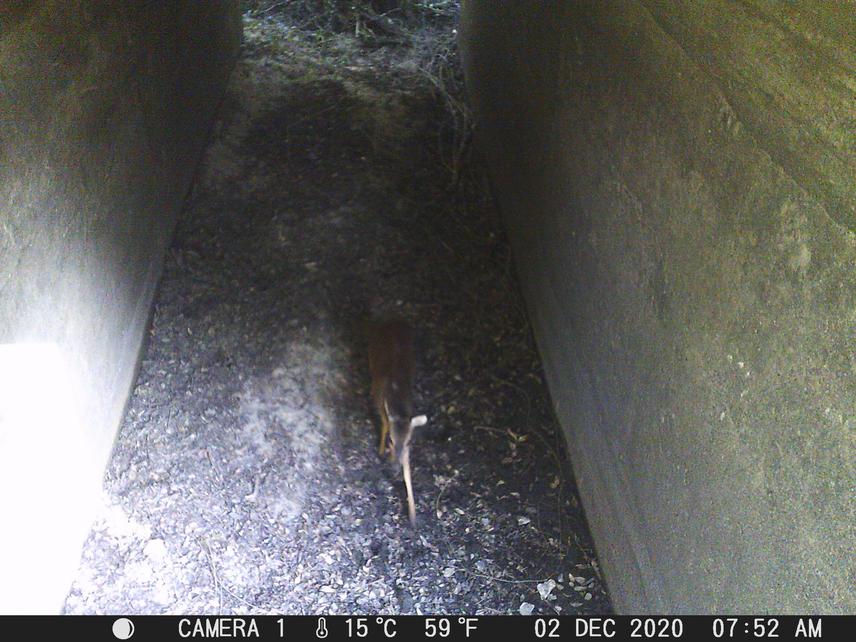Hugo Ignacio Coitiño Banquero
Other projects
9 Dec 2014
Study of the Impacts Generated by National Routes in the Mammal Populations in Uruguay
14 Dec 2020
Monitoring of Mitigation Measures Implemented in Uruguay to Reduce the Impacts of the Roads on the Populations of Medium and Large Mammals
This project aims to estimate the species richness of medium and large mammals and run an environmental education program in the educational department of the city of Treinta y Tres and in the visitor's centre located in the protected area itself.

Guazubirá.
As Uruguayan I am concern about de lack of knowledge on mammal species richness and distribution in the country. In Uruguay there are 113 mammal species, of which 38 are considered endangered and insufficiently known globally by the IUCN (2005). The conservation status at national level indicates that mammal species have serious conservation problems.
In February of 2000 the Uruguayan State approved the law 17.234, which declares of public interest the creation of the Protected Areas National System (PANS). The creation of the PANS will constitute a fundamental step towards in situ conservation of the biodiversity in Uruguay, most of which is also important at a global level.
This study is particularly important for Uruguay because there is a great lack of information about the richness and conservational status of mammal species, their distribution and the causes by which several species have Uruguay as their southern limit of geographical distribution. To estimate the richness and species composition of mammals in the protected area (4410 has), four representative sampling sites of the area (grassland, hilly woodland and wetland) will be selected. Direct and indirect methods will be applied. The direct methods will include camera traps, day and night surveys on foot. To identify footprints, faeces, bones, hair and hideouts, transects in the different sampling sites will be used.
Indirect methods consist of placing four footprint traps, which would be fattened with different lures. In the educational phase, we will work with schools, local residents and tourists. The activities to be carried out both in schools and in the visitor's centre, will be workshops, there will also be booklets, books, and posters developed. The workshops will consist of lectures on conservation, ecology and study methods and identification of mammals. Moreover, there will be field trips from schools in order to make children aware of the area.